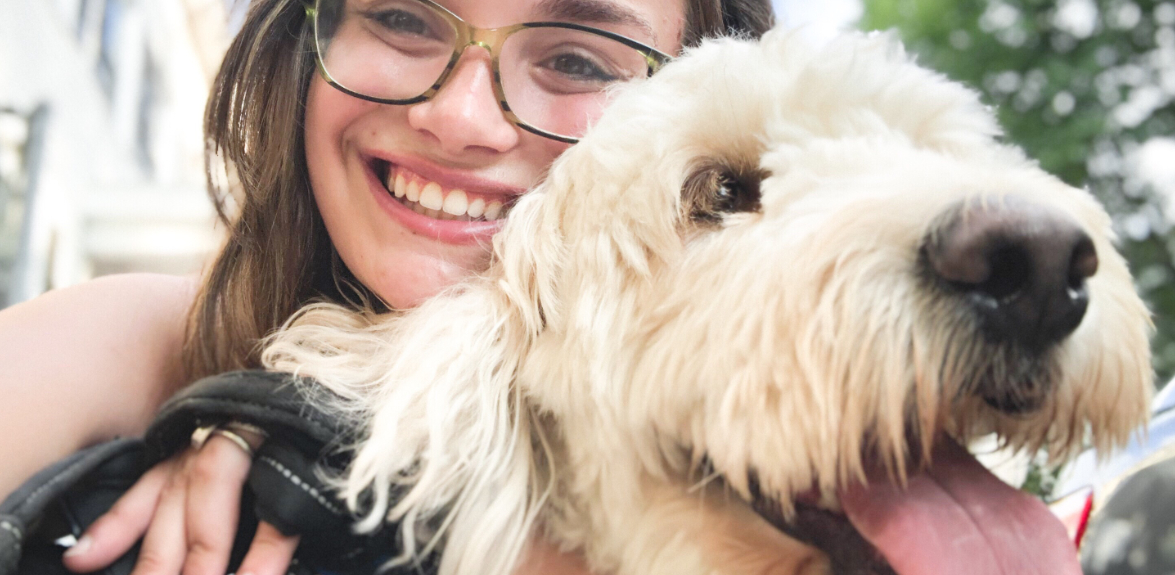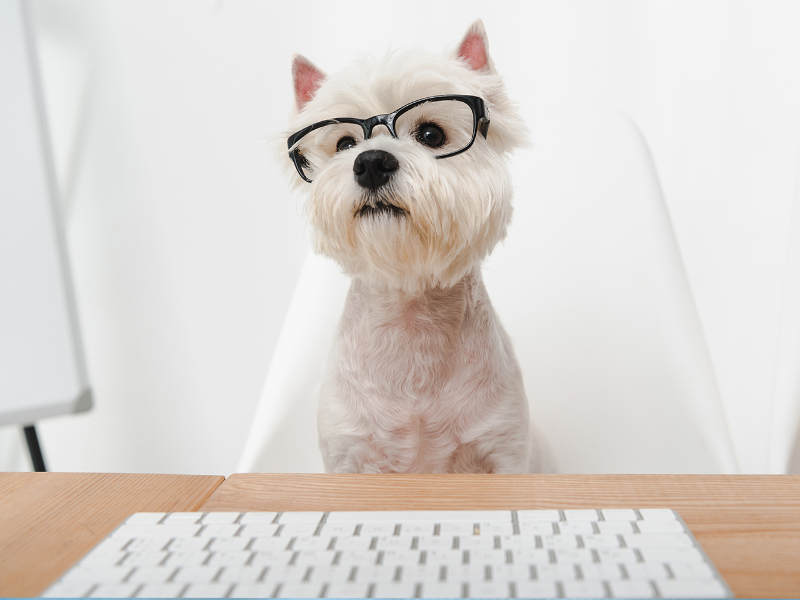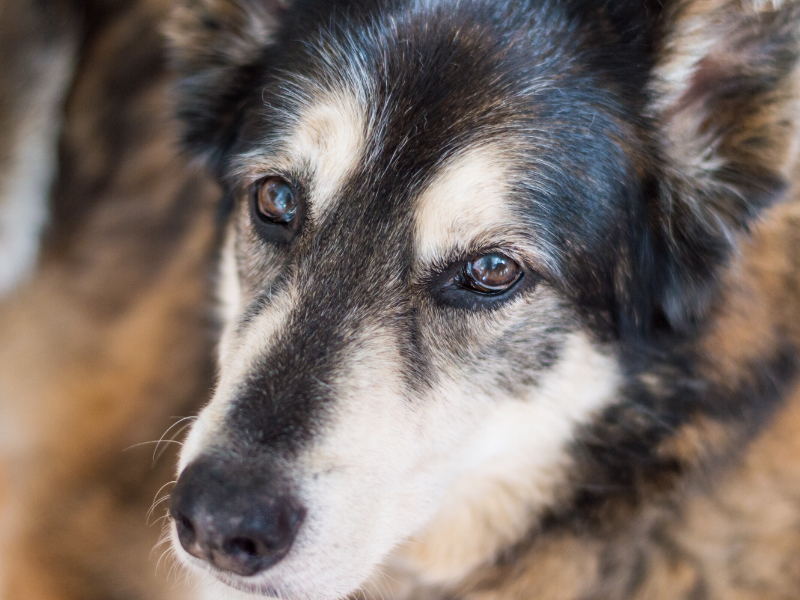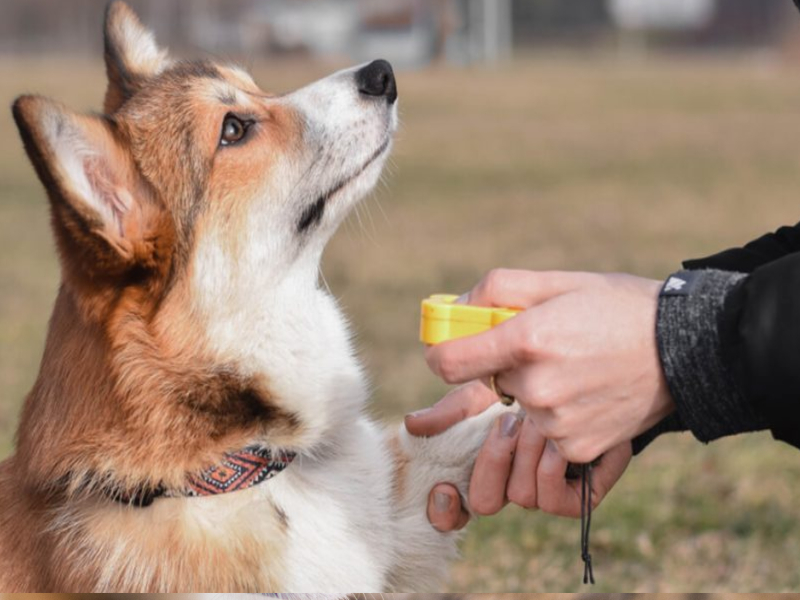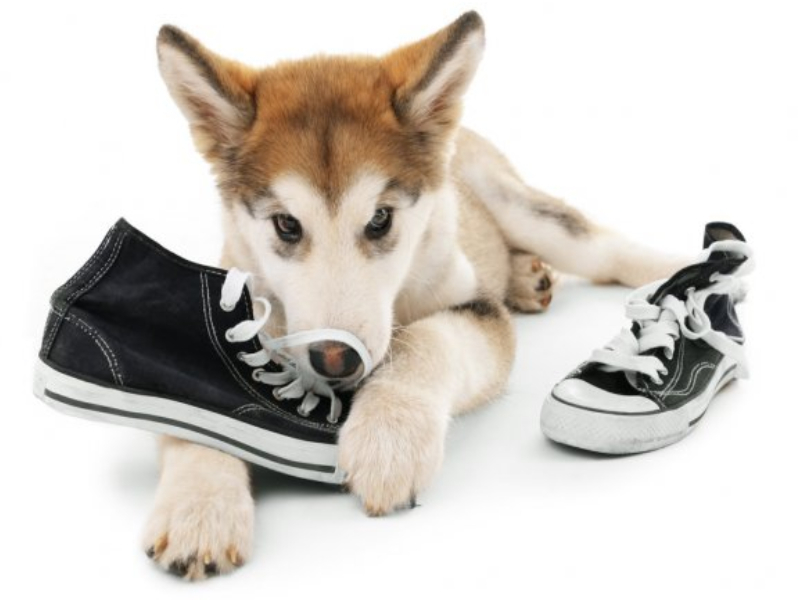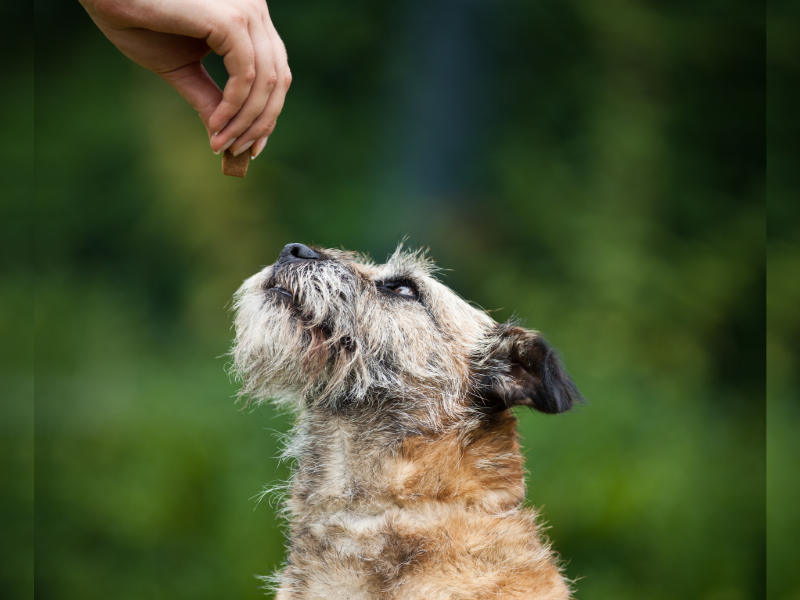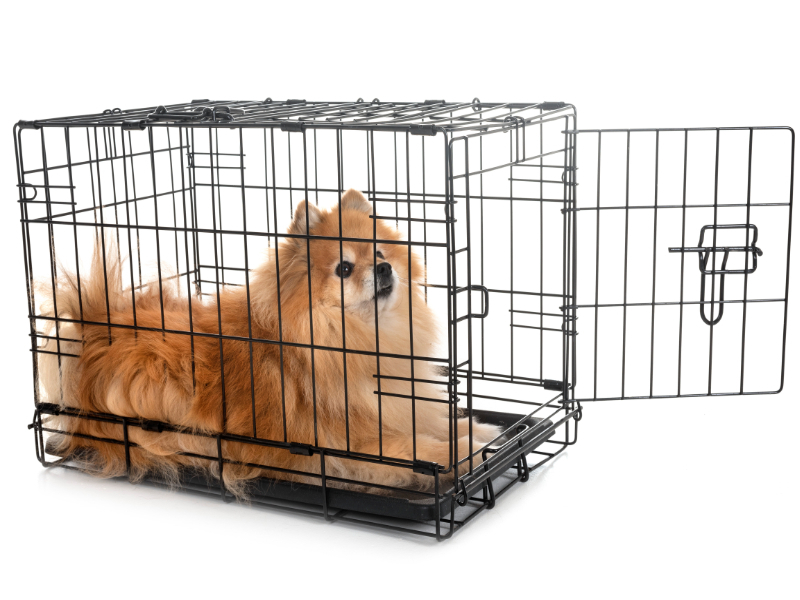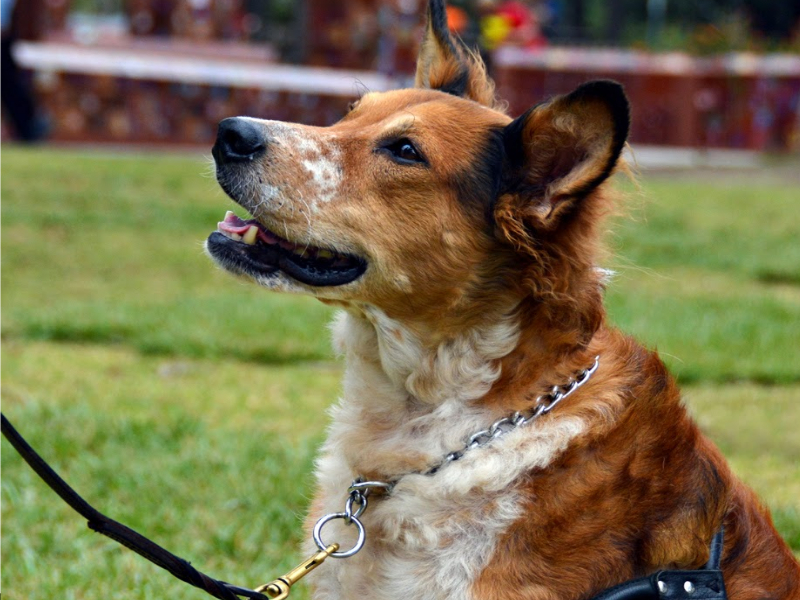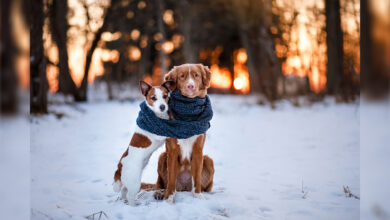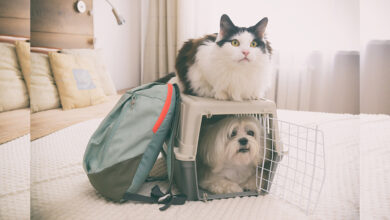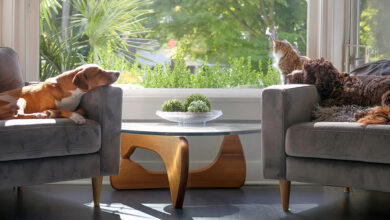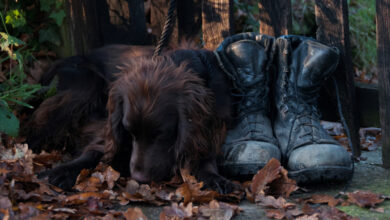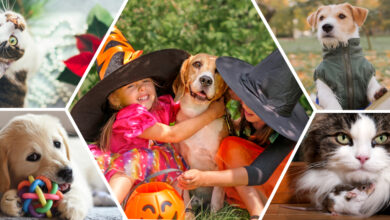Critters & Creatures
10 Tips to Train Your Dog
 Welcoming a new pet to the house is always an exciting time but with all the fun and excitement comes a little work as you navigate the tricks of training your puppy. Kathy Currie-Eyers, Chair of the Board of Directors for the Canadian Association of Professional Pet Dog Trainers, shares some tips to help your new furry friend adjust comfortably in your home.
Welcoming a new pet to the house is always an exciting time but with all the fun and excitement comes a little work as you navigate the tricks of training your puppy. Kathy Currie-Eyers, Chair of the Board of Directors for the Canadian Association of Professional Pet Dog Trainers, shares some tips to help your new furry friend adjust comfortably in your home.
Ground Work
The first step, Currie-Eyers suggests, is to do some research before you even adopt a puppy. It is recommended to look for trainers in your area, call and ask questions, and, if possible, observe a training class. Choosing a trainer that you feel comfortable with, and being able to investigate training facilities, are a must when adopting a four-legged friend.
“As you are the puppy’s owner or puppy pet parent, you are the advocate for your puppy. If you are going to a trainer and they are suggesting or doing things that you aren’t comfortable with then the chances of you following through on that trainer or training method are not as good as going to a trainer that you trusted and believed in what they are doing,” said Currie-Eyers.
Timing is Everything
Once the proper vaccinations for your puppy are complete, then new pet owners are recommended to start training their pets as soon as they bring them home. It is important to have your furry baby’s shots, including the vaccine for canine parvovirus (parvo). Puppies should not be exposed to other canine friends until they have their shots.
“The window of opportunity for socialization starts closing by the time the puppy is 18 to 20 weeks. The opportunity to expose the dog to different sights, sounds and stimulation is diminishing…as soon as you get a puppy, the sooner you start training the more balanced and stable your puppy will be,” explained Currie-Eyers. Training classes are a key part of the early phases of training.
Training Classes
Training classes are the first major step to ensuring your puppy is properly trained, once you have found the right trainer for your new best friend.
“Enrolling your puppy in a set of classes as soon as its safe, depending on their vaccination protocol, is paramount to a puppy growing up to be a well-adjusted urban dog,” said Currie-Eyers.
Socialization
Socialization is also crucial in the early stages of development, and it is better to introduce the puppy to as many new people as possible. “Dr. Ian Dunbar, who championed the puppy training program, he states that puppies should meet at least 200 people by the time the puppy is 16 weeks old,” noted Currie-Eyers.
Can you teach an old dog new tricks?
According to Currie-Eyers, it is absolutely possible especially when it comes to basic obedience. Of course, behavioural concerns can get harder as the dog gets older, depending on how long the dog has had time to practice the behaviour. The best techniques include using positive methods and giving your fury friend some extra attention to reinforce the desired behaviours.
Clicker Training
In her decades of experience as a trainer and a graduate of the Karen Pryor Academy, Currie-Eyers has found clicker training to be one of the most beneficial training techniques. The clicker is non-emotional, always the same and quicker. “The click succinctly identifies or marks the behaviour that you are looking to reward, I always say the clicker is quicker…it identifies for the dog this is what you did, this is the behaviour you performed, and I liked it,” said Currie-Eyers.
Using verbal markers like “yes” are also useful but a clicker is more efficient. Timing is critical, and practice makes perfect with a clicker. Coupled with a reward to reinforce the behaviour, the clicker is one of the best tools for training. Clickers are available at most pet stores.
Preventing Undesirable Habits
From time to time, our fury friends can pick up some less than desirable habits like chewing and barking. However, before getting too frustrated, it’s best to look at the underlying cause of the habit and determine if it is physiological. For example, puppies can chew on things because of teething so providing an appropriate substitute can do the trick. For older dogs, the chewing can relate to stress or boredom relieving techniques. The use of a crate can also come in handy to prevent too much damage.
Treat Training
“The value is in the mouth of the beholder,” says Currie-Eyers. Food can be a motivational tool for dogs, but it isn’t always guaranteed. It depends on the dog and what he or she considers to be valuable. Many experts do recommend using high-quality foods for your dog. If a Milk-Bone treat doesn’t do it try using bits of chicken, roast beef, cheese anything the dog will find worthwhile to work for.
Crate Training
Crates are a must have for any new pet parent. Currie-Eyers recommends puppy owners to use a crate for at least a year and a half to get past the second chew phase. But, don’t put the crates out once your pet is no longer a puppy because Currie-Eyers recommends that dogs should be trained to use a crate their entire lives. She believes that letting your dog sleep in a crate once or twice a month can help them to remain comfortable with them.
Alternative Methods
There are lots of other techniques out there to train dogs including the Koehler method, which is known as the “pop and jerk” method based on the avoidance of pain or discomfort. Currie-Eyers doesn’t suggest using these methods but in some cases, aversive methods need to be used to save the life of the dog if a specific behaviour can get the dog killed.
She discourages the use of electric collars, believing that they should only be used by professionals who are experienced trainers.


